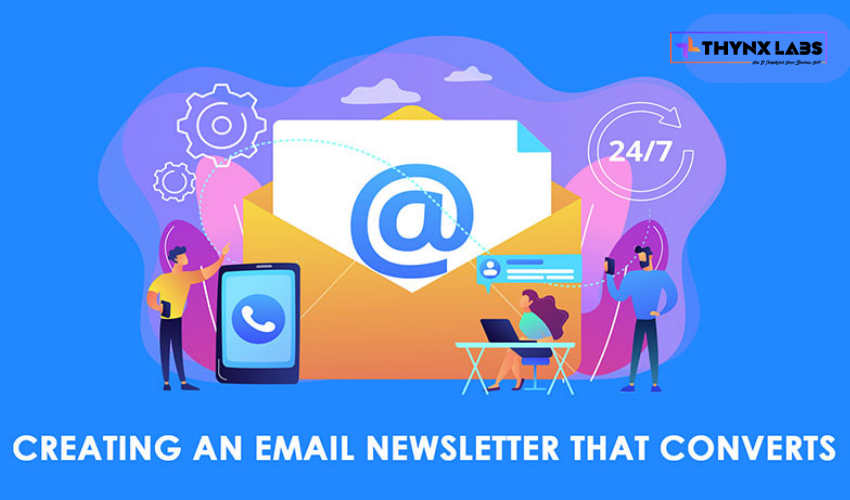Crafting Exceptional E-Learning Content
Crafting Exceptional E-Learning Content: A Step-by-Step Guide
In the ever-evolving landscape of online education, creating top-tier e-learning content is crucial for engaging and effective learning experiences. This comprehensive guide outlines the step-by-step process to help you craft the best e-learning content that captivates learners and facilitates successful knowledge transfer.
Understanding the Foundations: Key Elements of Exceptional E-Learning Content
1. Define Clear Learning Objectives
Start your e-learning content creation journey by clearly defining learning objectives. Understanding what you want learners to achieve sets the foundation for creating focused and impactful content.
2. Know Your Audience
Tailor your content to the needs and preferences of your target audience. Consider factors such as age, educational background, and learning style to ensure your e-learning materials resonate effectively.
Content Creation Strategies for Engaging E-Learning
3. Interactive Multimedia Elements
Incorporate interactive multimedia elements to enhance engagement. Utilize videos, animations, quizzes, and simulations to create a dynamic and immersive learning environment.
4. Bite-Sized Learning Modules
Break down content into bite-sized modules for easy consumption. Short, focused segments keep learners engaged and allow for better retention of information.
Optimizing Accessibility and Usability
5. Mobile-Friendly Design
Optimize your e-learning content for mobile devices. A mobile-friendly design ensures accessibility for learners on various devices, promoting flexibility in their learning journey.
6. User-Friendly Navigation
Create a user-friendly navigation structure. Intuitive navigation makes it easy for learners to progress through the content seamlessly, enhancing the overall learning experience.
Incorporating Assessment and Feedback
7. Formative Assessments
Integrate formative assessments throughout the content. Regular quizzes and assessments provide learners with opportunities to gauge their understanding and reinforce key concepts.
8. Constructive Feedback Mechanisms
Incorporate constructive feedback mechanisms. Timely and informative feedback helps learners understand their progress and areas for improvement, fostering a continuous learning loop.
Implementing Continuous Improvement Strategies
9. Analyze User Data
Utilize analytics tools to gather user data. Analyzing metrics such as engagement rates and completion rates provides insights into the effectiveness of your e-learning content.
10. Gather User Feedback
Encourage user feedback for continuous improvement. Understand learner perspectives and adapt your content based on their input to ensure ongoing relevance and effectiveness.
Conclusion
In conclusion, creating the best e-learning content involves a strategic approach that encompasses clear objectives, engaging strategies, accessibility considerations, assessment elements, and a commitment to continuous improvement. By following this step-by-step guide, you can elevate your e-learning experience, providing learners with valuable, engaging, and effective educational content.


